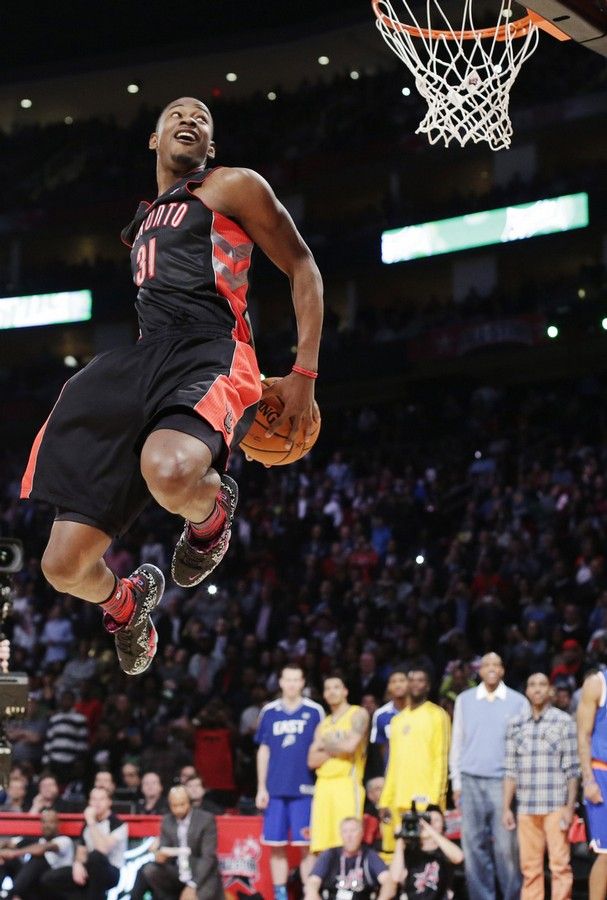Home »
Misc »
How to hustle in basketball
How to hustle in basketball
Know the difference between fake hustle and good hustle in basketball
Not all hustle is good hustle. There’s a fine line that separates good hustle from what I like to call fake hustle. It’s very easy to get those two things misconstrued but it’s very important as a player and as a fan to understand where the two part ways.
Hustle is defined as (via Merriam-Webster):
“To obtain by energy activity.”
When you correlate that to the game of basketball, it’s all about playing hard and providing great effort consistently to win. That sounds like something that every player should do but it’s a rare trait. Hustling goes a long way with coaches and scouts who are looking for talent. When you think about diving for loose balls, taking charges, sprinting back on defense, or running to contest shots, those are all hustle and game-winning plays. Plays that show a desire to win and passion for the game.
While you have those good aspects of hustling in basketball, there are other plays that are a detriment to the player as well as the team.![]() They are forms of laziness and clouds of deception where players think they are tricking the spectators but true fans of basketball know what they’re doing. It’s a form of fake hustle to create the delusion that they are hustling when in fact they’re cheating themselves and their teammates. Plays like unnecessary reaching, cheap fouls, gambling, or flopping are just a few examples of fake hustle plays. They either contribute to fouls or open shots for the opponent. It’s a form of basketball that’s truly avoidable which in return hurts your own team.
They are forms of laziness and clouds of deception where players think they are tricking the spectators but true fans of basketball know what they’re doing. It’s a form of fake hustle to create the delusion that they are hustling when in fact they’re cheating themselves and their teammates. Plays like unnecessary reaching, cheap fouls, gambling, or flopping are just a few examples of fake hustle plays. They either contribute to fouls or open shots for the opponent. It’s a form of basketball that’s truly avoidable which in return hurts your own team.
These type of plays often occur because of fatigue or frustration. But in these moments, you have to avoid these mental lapses at all causes. A cheap foul can lead to an and-one for the opponent and change the entire momentum of a game. Keep that in mind, especially if you’re a young player trying to get recruited. You may have a thought of ‘oh I can gamble for this ball but if I don’t get it, at least I hustled‘. When in fact, recruiters look right through that and add that as a con in your game.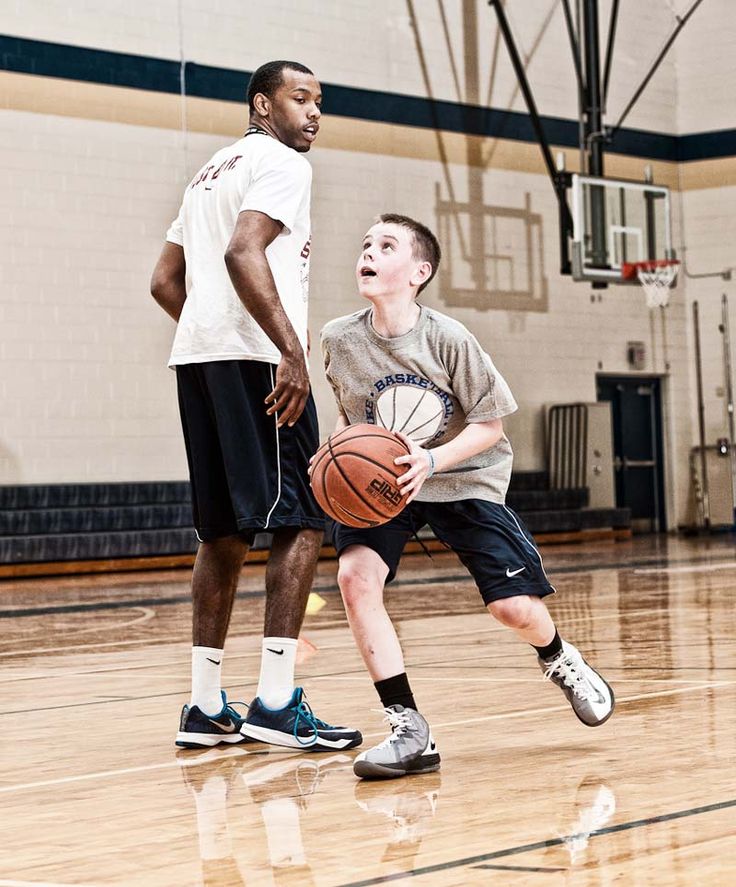
The results of fake hustle never pan in your favor. The transparency that comes with it can portray your game in a bad light. It’s key to understand the difference between the two so that you don’t mistake fake hustle for good hustle.
Previous articleWithout Blake Griffin, Los Angeles Clippers Can’t Compete With Healthy Utah Jazz
Next articleFisch’s Friday Rant: Eliminated Superstars and Dion Waiters
Recent Posts
Load more
Popular Posts
Hannah Hidalgo narrows down college choices to six schools
Class of 2023 guard Hannah Hidalgo has named Michigan, Duke, Notre Dame, Stanford, Ohio State, and Central Florida as her six potential colleges choices. Hidalgo...
Load more
[vc_row][vc_column][vc_separator][/vc_column][/vc_row][vc_row][vc_column width=”1/1″][vc_single_image media_size_image_height=”84″ media_size_image_width=”224″ image=”121449″ size=”contain” alignment=”top” height=”60″ style=””][tdm_block_inline_text display_inline=”yes” description=”QmFza2V0YmFsbCUyMFNvY2lldHklMjBpcyUyMGElMjBtdWx0aW1lZGlhJTIwbGlmZXN0eWxlJTIwYnJhbmQlMjB0aGF0JTIwcHJvdmlkZXMlMjB0aGUlMjBtb3N0JTIwZGl2ZXJzZSUyMGNvdmVyYWdlJTIwYW5kJTIwYnJpbmdzJTIwdGhlJTIwcmVhbCUyMGJhc2tldGJhbGwlMjBleHBlcmllbmNlJTIwdG8lMjBzb2NpZXR5Lg==” f_descr_font_style=”italic” description_color=”#111111″ content_align_horizontal=”content-horiz-center”][/vc_column][/vc_row]
Drills & Strategies to Teach Aggressiveness & Hustle
By Joe Haefner
In this article, you can find:
- How to Emphasize Aggressiveness and Hustle
- What Behaviors to Emphasize
- How to Use Points During Practice
- Drills and Resources
- Hustle Stats to Track and Reward
Over the years, I've come to believe that being aggressive is personality-based.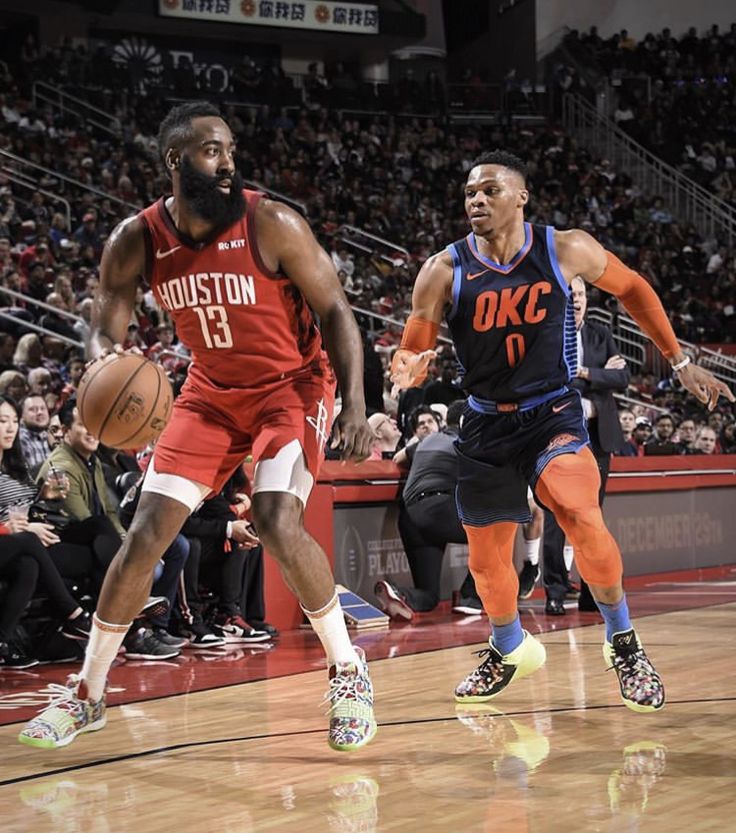 Some players are just naturally more aggressive. Some aren't.
Some players are just naturally more aggressive. Some aren't.
However, no matter a person's disposition, I think there are ways to get your players to play more aggressively.
I have also found that keeping things really simple helps. Sometimes players just don't know what to do...they want to play hard but don't know how...
So here are some techniques that teach any age players to be comfortable with being aggressive so that it almost becomes second nature to them:
Verbally reward all plays that include aggressiveness and hustle.
Catch players being aggressive or hustling - stop any play in practice to tell them they did a great job. Get excited about it!
It is also important that youth players understand what "aggressive" and "hustle" mean. By stopping practice to compliment these hustle plays, players will begin to understand what your expectations are in practices and games. Youth players need examples of what positive aggressiveness looks like on the court.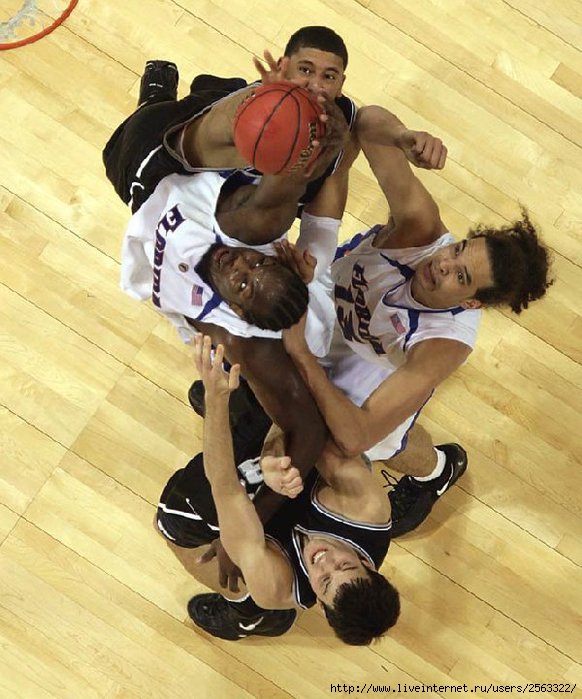
This also creates a positive team culture as players learn to cheer on their teammates for tremendous effort.
Even if you have to start with something small, this can help get them going in the right direction. You can focus on things like:
- Taking charges
- Diving on the floor and securing a loose ball
- Saving a ball that was going out of bounds
- Offensive rebounds/Boxing out
- Defensive rebounds/Boxing out
- Attacking the lane when it's open
- Exceptional hustle play
Another important technique is to have teammates run over and pick up players who dive on the floor or are knocked over taking a charge. All four teammates should sprint over, help the player up, and high-5/congratulate the teammate who made a hustle play. Do this during practice and games.
Use points during practice.
If you take anything from this article, this may just be the most important tip.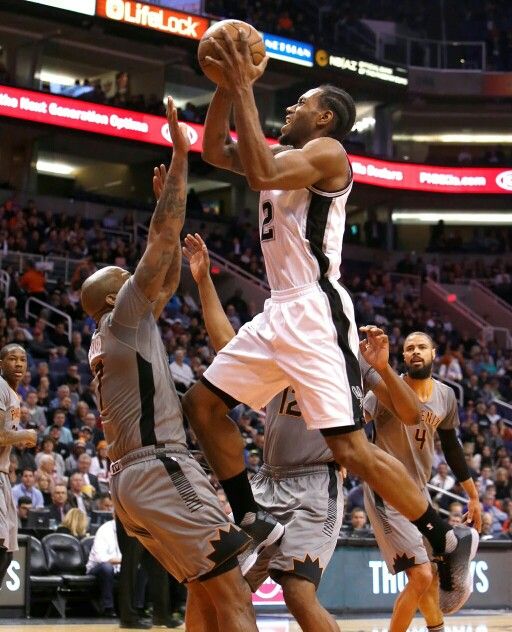
During scrimmages, we would give extra points for certain behaviors we wanted more of. You could mix a few of them or just focus on one of them for the day.
Here's an example of how I have used points during scrimmages:
+2 for any offensive rebounding
-1 for a missed block out
+1 for getting fouled on a shot
+2 for special hustle plays
+1 for diving on the floor for a loose ball (only when necessary - reduce points for unnecessary diving)
No matter how you choose to use points to emphasize aggressiveness and hustle, the bottom line is...
Reward and praise the effort...not the outcome or the talent.
Your players will transfer the effort and behaviors to game time.
Use drills that require aggression.
There are many loose ball drills you can incorporate into practice. Just use your common sense and tailor the drill to the age and skill levels of your players.
You want to take care not to use any drills (or part of a drill) that may cause injury. ..for instance, youth players are not ready to take a charge or have multiple players diving after a loose ball.
..for instance, youth players are not ready to take a charge or have multiple players diving after a loose ball.
Here's one fun Loose Ball Drill that a lot of youth and high school players love! It improves three key areas:
- Hustling after every loose ball
- One-on-one offense
- Guarding the ball
Instructions:
- Line up 2 players on the baseline (low post).
- Coach takes the ball and throws it down the court hard.
- Players must sprint hard to the ball.
- The 1st player to get the ball is on offense and the other player must run back and defend in the half court.
- Players then go 1v1 until one scores.
You can also emphasize keeping the ball out of the paint and defending with hands straight up (no reaching in).
We also have a few free resources you can take a look at:
- Man in the Hole Drill
This drill instills aggressiveness, hustle, and conditioning.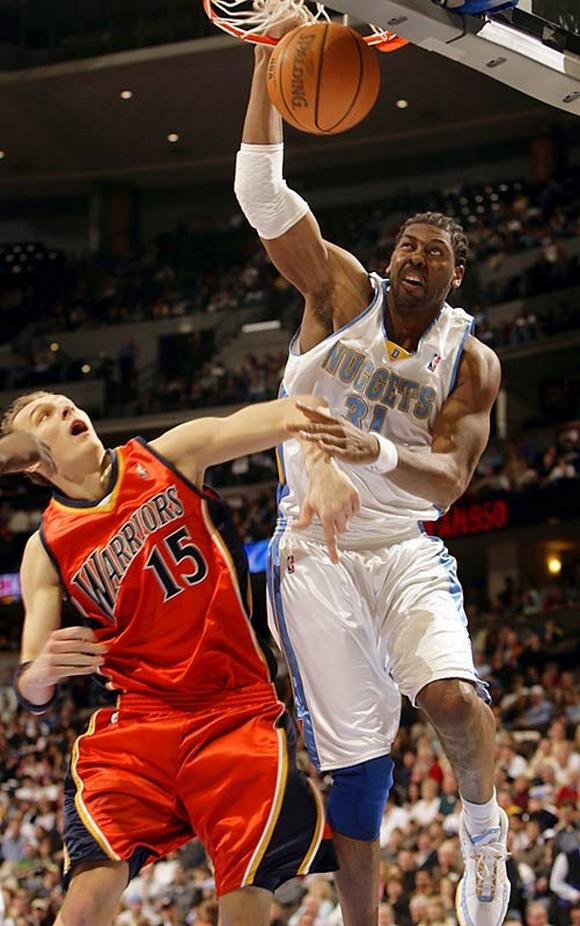
- Sampson's Take a Charge & Loose Ball Drill
This drill works on taking charges and diving after loose balls. Again, take care with what age/skill level you use this one with.
- 3 Best Rebounding Drills
This video teaches players to make contact and correctly box out no matter what angle or side the opponent is coming from.
Whether you keep stats on paper or use technology, showing kids the stats can help motivate them. Again, you can make a big deal out of these stats by emphasizing them in an exciting manner.
Maybe the day after a game, you announce improvements in these as a team. And if you feel that it works for your particular team, you can highlight individual players as well.
You could even graph these on chart paper and display so players can see the team's progress. Of course, this may depend on your particular group of players:
- Gathered loose balls
- Charges
- Deflections
- Forced jump balls
- Defensive rebounds
- Offensive rebounds
High school teams that have banquets at the end of the season should consider having awards that also reward effort and not just talent (such as most charges taken).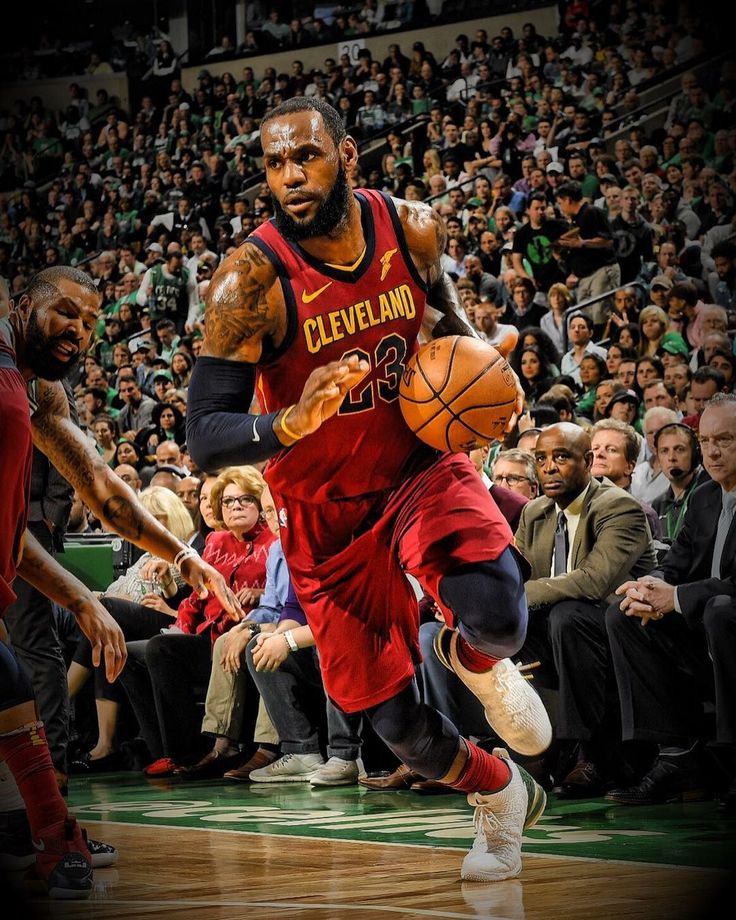
In conclusion, sometimes you just have to find out what makes each player tick. Some will never be super aggressive...it's not their personality. But in time, you can find certain things they will do well and will get aggressive with.
Embrace their strengths, encourage what you want, but realize you may never change some personalities. Find out what they are good at and foster those things.
Related Products & Articles10 Tips For Getting Your Basketball Team Focused, Motivated, And Playing Hard!
The Attack & Counter Skill Development System
What do you think? Let us know by leaving your comments, suggestions, and questions...
Basketball is the game of athletes | Physical training in basketball
Pages: 1 234
— Should physical fitness be emphasized in basketball? Pivot asked, starting another conversation with his young friends.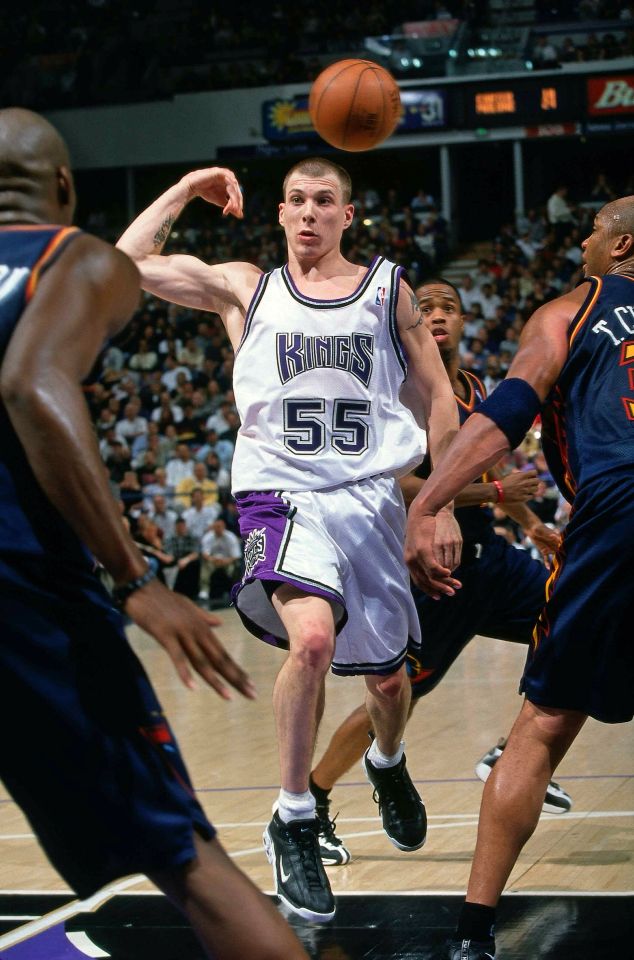 “It is absolutely clear that someone who cannot jump high, run fast and stand on the court without substitutions for all forty minutes of playing time will never become a great basketball player. Therefore, I will continue recording the story of the honored coach of the USSR Vladimir Petrovich Kondrashin about the victory of the Soviet team at the World Championships in Puerto Rico at 1974 year.
“It is absolutely clear that someone who cannot jump high, run fast and stand on the court without substitutions for all forty minutes of playing time will never become a great basketball player. Therefore, I will continue recording the story of the honored coach of the USSR Vladimir Petrovich Kondrashin about the victory of the Soviet team at the World Championships in Puerto Rico at 1974 year.
No matter how hard the Canadian team player tried, he could not take the ball away from Alexander Salnikov
“The excellent physical preparation of the guys played a big role in our victory at the championship. It was felt that the team was getting stronger with every match. By the decisive matches, our basketball players are completely accustomed to moist air and a special ointment that promotes better contact with a wet ball. Our physical superiority was especially clearly felt in the second half of each match. This was explained, firstly, by intensive special training in the hot Sukhumi and, secondly, by the skillful distribution of strengths and capabilities of each player throughout the championship.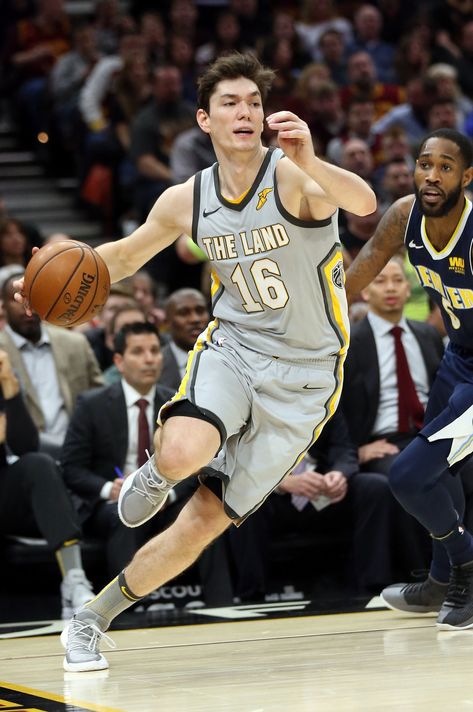 By the decisive match in San Juan with the Americans, all the guys were fresh, full of energy, and I can say that if the national team had to play the second round, it would have been played no worse than the first.
By the decisive match in San Juan with the Americans, all the guys were fresh, full of energy, and I can say that if the national team had to play the second round, it would have been played no worse than the first.
Well, now it's time to talk about physical training itself.
Everyone who starts playing basketball dreams of participating in competitions. And from the very beginning, you need to know that success in competitions primarily depends on the physical fitness of each player on the team. To improve physical fitness, you need to constantly and intensely train throughout the year. At any moment of the game, one must be able to easily perform any required movements: jerks, stops, turns, jumps, running backwards. Good physical preparation is perhaps the most valuable quality of any basketball team.
There is no time to rest during the game, so it is very important that the player has enough endurance. There are two types of endurance: general and special. Under the general, endurance understand the ability of the player to perform not very strenuous physical work for a long time. Unlike general, special endurance allows you to perform intense specific work in a given period of time. In basketball, special endurance will be characterized by the player's ability to actively act throughout the match.
Unlike general, special endurance allows you to perform intense specific work in a given period of time. In basketball, special endurance will be characterized by the player's ability to actively act throughout the match.
Every basketball player, if he wants to play the whole game at high speed and be able to act actively in the most intense last minutes of the game, must develop both general and special endurance.
Preparation for the sports season should begin with the development of general endurance. The best means for this is a long run on the track of the stadium or cross. Of course, it is more pleasant and more convenient to run along the paths of the park, square or in the forest. As a last resort, you can go jogging near the house where you live.
First run for a certain amount of time, eg about 5 minutes, and gradually increase the running time if you run easily. Try to keep an even pace and breathe evenly. After you get used to a long run, you can shorten the distance while increasing the pace of your run.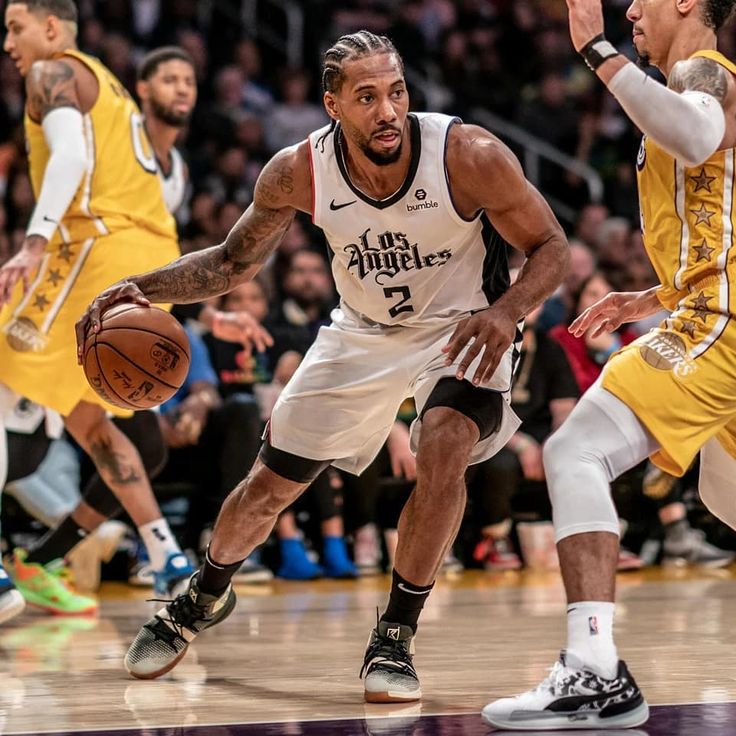 In this case, the running time indicated in Table 1 can serve as a guideline. 1.
In this case, the running time indicated in Table 1 can serve as a guideline. 1.
Table 1. Norms in running when assessing general endurance | Distance | Age |
| 12 years | 13 years old | 14 years old | 15 years | 16 years old |
| Girls |
Cross:
300 m
500 m |
65 sec.
- |
62 sec.
- |
60 sec.
- |
-
1 min. 55 sec. |
-
1 min. 50 sec. |
| Boys |
Cross:
300 m
500 m
800 m |
60 sec.
-
- |
60 sec.
-
- |
-
1 min. 50 sec.
- |
-
1 min. 40 sec.
- |
-
-
2 min. 40 sec. |
If you can't meet the time indicated in the table, then your general endurance level is still insufficient and you must continue to train hard in long runs.
- Scientifically
- Honored Master of Sports, Honored Coach of the USSR Otar Korkiya shares his experience
Special running exercises for endurance and running speed
Hello, dear visitors of the site basketball-training.org.ua ! In today's article, I want to tell you about a series of running exercises , which will allow you to move faster around the court, instantly change direction, jump higher and stay fresh throughout the game.
I want to note right away that this article is not an ideal guide to the use of various special running exercises for the comprehensive development of a basketball player.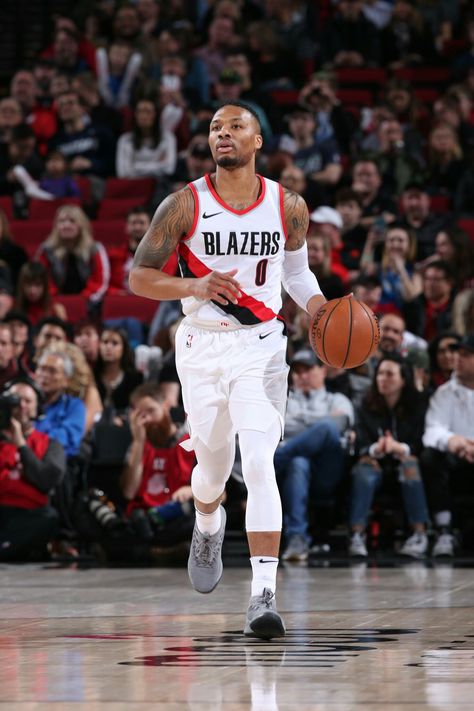 Rather, it is the result of my observations, studying forums and books. The main thing is that from the systematic implementation of the exercises described below, you will get a pretty good result. Let's start!
Rather, it is the result of my observations, studying forums and books. The main thing is that from the systematic implementation of the exercises described below, you will get a pretty good result. Let's start!
Running exercises for basketball players
At first I wanted to divide this article into sections according to the type of exercise: "to increase the jump"; "for the development of endurance"; "to develop an explosive first step", etc. But, after writing a few lines, I realized that it would not be possible to divide it so clearly. So, I will try to list the most common exercises that you can perform on a morning (or evening, as you like) jog.
Shuttle.
Personally, I consider this exercise an integral part of every basketball player's training. An explosive first step, a significant increase in footwork speed, the ability to stop abruptly and instantly accelerate in the opposite direction, instantly run into fast breaks - all this is perfectly trained by shuttle running.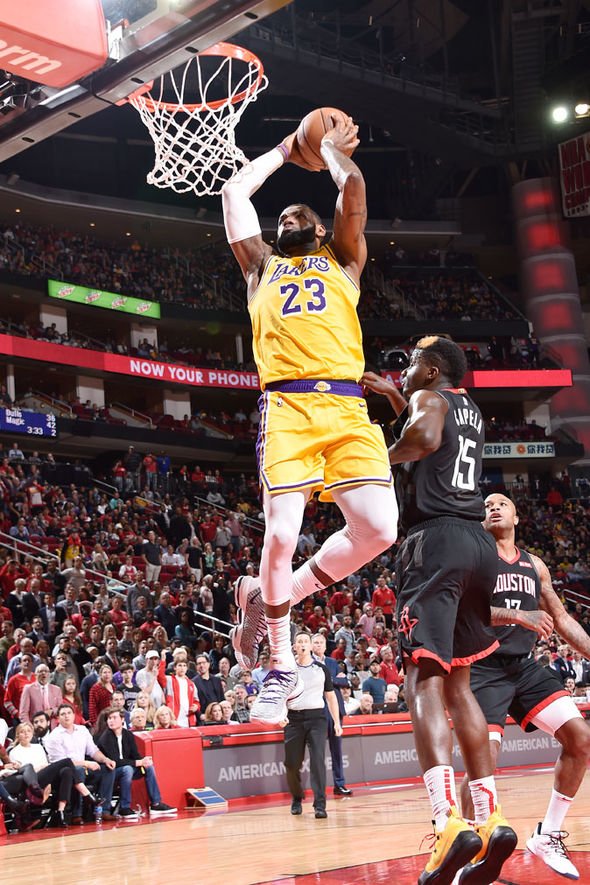
I know several variants of the shuttle. The first one is also classical: we got acquainted with him at physical education lessons. The distance between start and finish is exactly 10 meters. The point is to run 4 distances as quickly as possible (round-trip, round-trip). A feature of the exercise is that when changing the direction of movement, you must touch the ground with your hand (or raise a tennis ball).
The second option is purely basketball. Starting position - on the end line. Start: dash to the free throw line, dash back to the end line; dash to the center line, dash back to the front line; a jerk to the free throw line of the opposite ring, again we return to the front; jerk to the opposite front - and back. Shuttle completed! Often the free throw line is replaced with a 3-point line (8.325 meters from the end line).
Reverse 17's.
This is one of the best exercises for developing speed and pushing speed when jumping from one leg. Just for a second: after 2 weeks of doing this exercise (3 times a week, 2 sets), I felt that I was running into the gap much faster. In the final stage of the takeoff - the legs were like springs, no fatigue after a dash at maximum speed across the entire site, awesome repulsion from the site. All in all, this is a great exercise.
Just for a second: after 2 weeks of doing this exercise (3 times a week, 2 sets), I felt that I was running into the gap much faster. In the final stage of the takeoff - the legs were like springs, no fatigue after a dash at maximum speed across the entire site, awesome repulsion from the site. All in all, this is a great exercise.
How to do? Starting position on the end line, make a dash to the line of the center of the court and immediately return (with your back) to the end line. As a result, you need to run 9 halves of the site facing forward and 9 sites with your back forward. Results will be noticeable in a week or two, or even earlier. The distance to the center of the site is 14 meters. You can run across the site (15 meters). I did 2 sets: the first at the beginning of the workout, the second at the end.
Naturally, if it is possible to find special "elastic bands" that will create resistance for running, it will be generally cool.
Hill Sprint.
In a more understandable language, this exercise can be translated as a jerk to a hill. Due to the fact that the angle of the surface on which you run changes, the load on the legs increases many times over. The distance to be run is chosen individually. I think that for a start, 20-25 meters of ascent, with a slope of 30 degrees or more, will be enough for you. Again, my recommendation is to start with 6 runs up and 5 runs down. Down, of course, we go down face forward, it’s not enough to roll down, accidentally catching on something.
For those who like to mock (increase the load) - pick up small (0.5-1 kg) dumbbells. A sea of sweat, teeth grinding and heavy breathing are guaranteed! Once again: a jerk up and a leisurely descent jogging down. In Kharkov, you can run in the forest park, there are wonderful ups and downs.
It is impossible to pass by the usual exercises for all of us: multi-jumping and running with high hips.
- Multi-leap (aka deer run).
 This exercise was discussed in the section on plyometrics, let me remind you of the main points. This is a jumping run, while the knee of the front leg is taken out as high as possible. We try to jump as far as possible and pull the knee. Choose the distance yourself: from 30 to 100 meters is enough.
This exercise was discussed in the section on plyometrics, let me remind you of the main points. This is a jumping run, while the knee of the front leg is taken out as high as possible. We try to jump as far as possible and pull the knee. Choose the distance yourself: from 30 to 100 meters is enough. - Running with high hips. Here, focus on the intensity of the leg work (do it as quickly as possible) and the height of the hip lift. At least - until parallel with the floor. I would advise not to set the distance (because here the point is in the high speed of work, and not in overcoming the distance), but to set the time. For example, start with several sets of 30 seconds each.
Well, let's add one more exercise, which is usually performed at the beginning of a workout in most youth sports schools. Starting position - the corner of the basketball court. We start moving in a protective stance along the front line to the opposite corner.